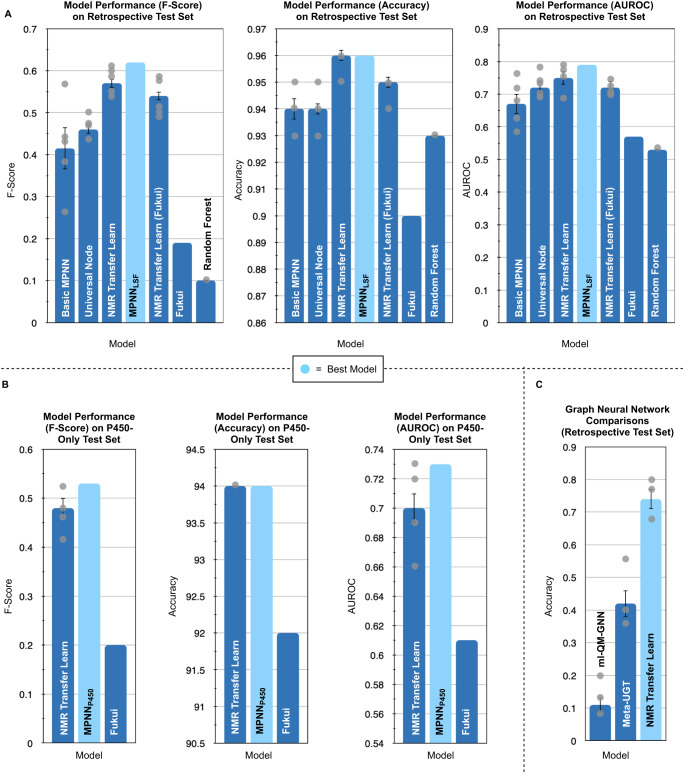Fig. 4. Model performance on retrospective and P450-only test sets.
Average model performance on 5 initializations (n = 5) with each architecture on the test sets. A basic message-passing neural network (MPNN) is the baseline graph neural network (n = 5). The universal node is the MPNN architecture with the inclusion of a universal node (n = 5). Nuclear magnetic resonance = NMR. NMR transfer learn is the transfer learned model without Fukui-index augmentation (n = 5). NMR transfer learn (Fukui) is the transfer learned model with Fukui-index augmentation (n = 5). The best model on the retrospective test set is highlighted in light blue (n = 1). Fukui is prediction solely from Fukui indices (n = 1). Random Forest predictions are from a random forest classifier (n = 5). The bars in the bar charts represent the average when n > 1, with gray dots representing the individual data points (initializations with identical values are shown as a single point). Standard error bars are shown. Source data for each bar chart can be found in the source data Excel file. A Performance (F-score, accuracy, and area under the receiver operating curve (AUROC)) on the retrospective set. B Performance (F-score, accuracy, AUROC) on P450-only test set with 13C NMR transfer learning. C Comparison of top-1 accuracy for two graph reactivity models originally developed for 2-electron-based (ml-QM-GNN) and 1-electron-based (Meta-UGT) transformations (n = 5 for all).

